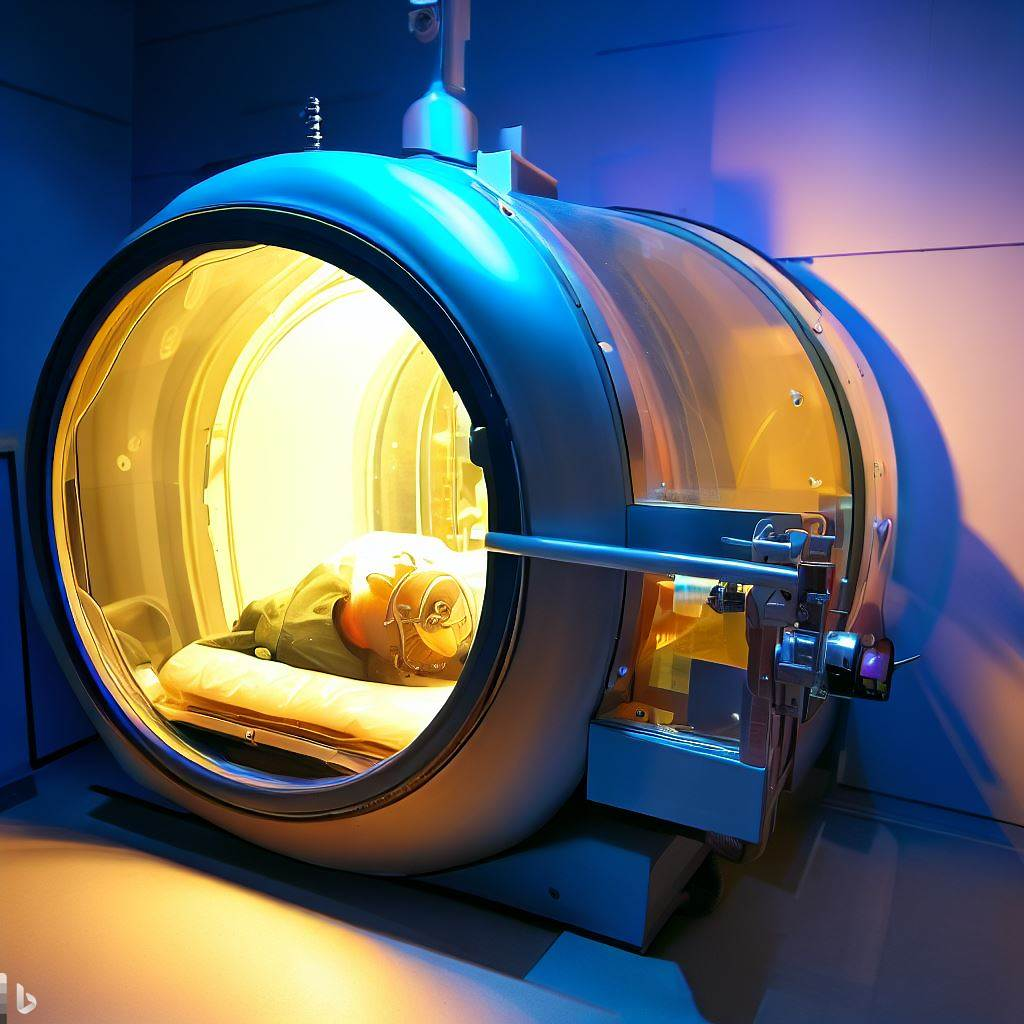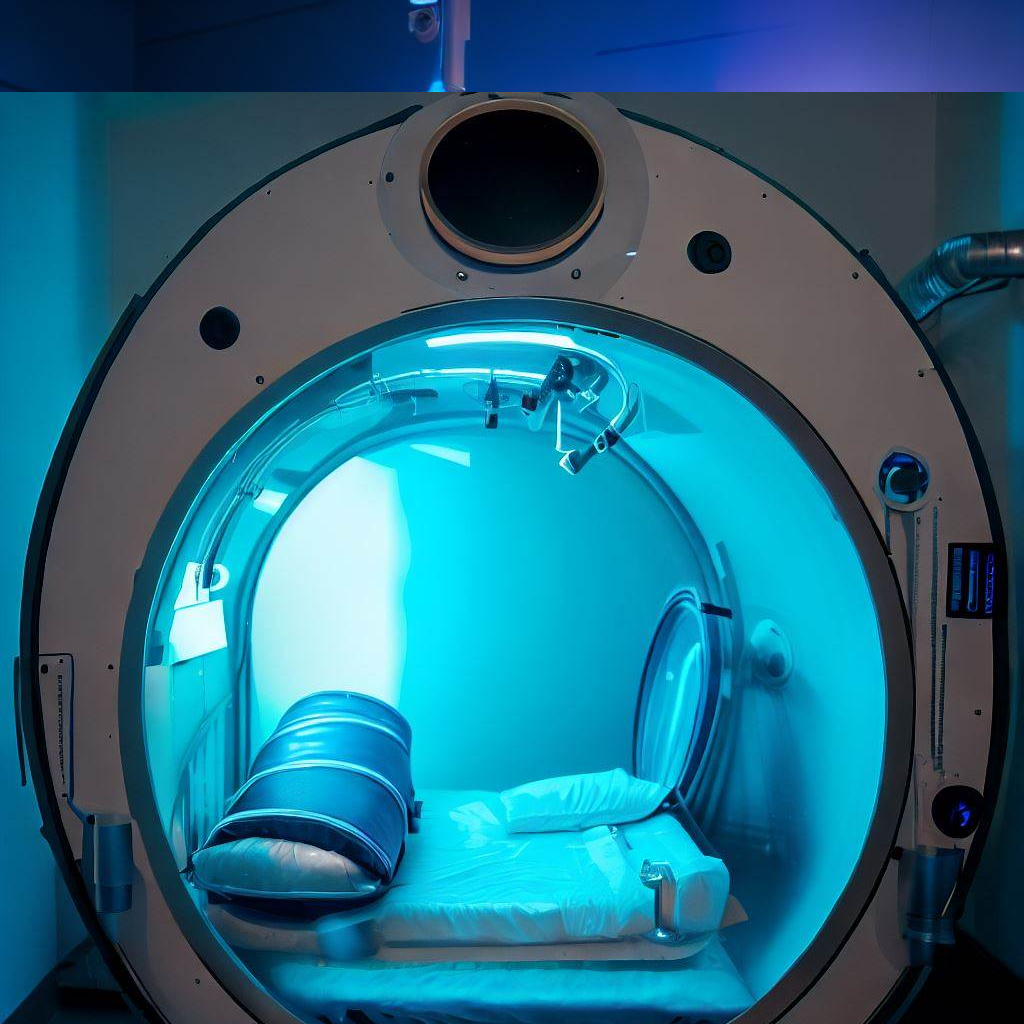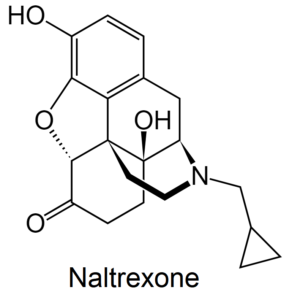Hyperbaric Oxygen Therapy

Hyperbaric oxygen is a treatment modality that was developed for treating divers that come to the surface too quickly and develop “the bends” or decompression sickness. Decompression sickness is caused by nitrogen gas bubbles forming throughout the body due to rapid decreases in pressure. Hyperbaric oxygen treatment is administered in a pressurized chamber where the patient breathes pure oxygen (Moon 2019). The higher pressure forces in greater amounts of oxygen to the tissues which provides the benefits.
As a therapy, hyperbaric oxygen appears to provide a number of benefits: increased growth of blood vessels, direct antimicrobial effects and beneficial changes to immune function. Because of the general and broad nature of these effects, hyperbaric oxygen appears to have at least preliminary evidence for wide-ranging benefits.
Infections
By inhaling high pressure oxygen, oxygen levels are effectively increased throughout the body. There are thought to be a number of effects from this increased oxygen that can help treat infections (Kaide 2008):
- Increased oxygen free radicals that are directly toxic to microorganisms, especially the more pathogenic anaerobic bacteria that need to live in oxygen poor environments
- Enhanced killing of bacteria and fungi by white blood cells engulfing the invaders
- Growth suppression of bacteria due to higher oxygen concentrations
- Improved activity from antimicrobial medications
- Augmented tissue healing and repair
The most well-accepted applications of hyperbaric oxygen are for necrotizing (tissue-destroying) soft tissue infections, gas gangrene and difficult to treat bone infections. Gas gangrene is a type of life-threatening infection of muscles and tissues where blood flow is lost and bacterial growth is producing a foul-smelling gas.
For necrotizing infections, the data is pretty clear. Hyperbaric oxygen reduces the rate of death by almost 50%. Multiorgan dysfunction was also 80% lower with the addition of hyperbaric oxygen treatment as compared to standard approaches (Huang 2023).
Wound Healing and Burns
Another potential benefit with hyperbaric oxygen is for the healing of serious wounds and burns. Diabetic foot ulcers are lesions on the foot that often don’t heal. If severe enough, diabetic foot ulcers can require amputation. While more high-quality studies are needed, the current data suggests that hyperbaric oxygen treatment almost doubles the rate of healing in diabetic foot ulcers. Healing time was also shortened by nine days. The risk for foot amputation was reduced by almost 50% with the addition of hyperbaric oxygen treatment (Zhang 2022).
Crush injuries often cause major damage to the body and often don’t heal properly. A trial comparing standard treatment with and without hyperbaric oxygen found benefits with the added treatment. In the small study, 17 of 18 patients had complete healing when hyperbaric oxygen sessions were included as compared to 10 of 18 patients without (Bouachour 1996).
Burn injuries often require skin grafts, where healthy skin is removed and placed over the burn-damaged area. Skin grafts don’t always “take” which can cause complications. In one study comparing skin graft treatment with or without hyperbaric oxygen, outcomes were significantly improved with hyperbaric oxygen. In treated patients, almost two-thirds had 95% survival of the skin graft as compared to just 17% without the treatment (Perrins 1967).
Other Potential Applications
Inflammatory Bowel Disease

While less well accepted, other conditions also appear to respond well to hyperbaric oxygen therapy. Interestingly, inflammatory bowel disease has been fairly well studied. Ulcerative colitis and Crohn’s disease are the two most common forms of inflammatory bowel disease. A recent meta-analysis of 18 published studies found that over 80 percent of patients with inflammatory bowel disease had a significant improvement in their condition (Singh 2021). For Crohn’s disease, complete healing was present in almost half of patients with fistulas, with partial healing in another 34%. Fistulas are inflamed tunnels of tissue that form between organs or between an organ and the skin.
Fibromyalgia
Fibromyalgia is a condition that includes whole body pain, fatigue and sleep disturbances. The condition is typically chronic and often not overly amenable to standard treatments. Studies on using hyperbaric oxygen for fibromyalgia show promise. A meta-analysis of studies found that hyperbaric oxygen treatment reduced pain, tender points, fatigue and sleep problems while significantly improving overall function (Chen 2023).
Male Infertility
One of the most common causes of male infertility is low sperm production with poor sperm mobility. In an analysis of non-drug treatments for male infertility, hyperbaric oxygen was the best at restoring testosterone and the related luteinizing and follicle stimulating hormones (Wang 2023).
Traumatic Brain Injury
Traumatic brain injuries often cause death or long-term disability. Treatment can be challenging with patient’s often struggling with residual symptoms. While the evidence is still somewhat poor, a recent meta-analysis concluded that hyperbaric oxygen decreased the risk of death by almost half in patients with severe traumatic brain injuries while also yielding improvements in levels of intracranial pressure inside the head (Hays 2022). However, in the study, neurological outcomes, or how well the brain was functioning, only showed trends towards improvements and didn’t reach full statistical significance.
Sudden Hearing Loss
Loss of hearing can be devastating, disrupting quality of life and increasing the risks for the development of dementia. Sudden hearing loss is an acute condition that damages hearing, typically in one ear. Infections, trauma, drugs and autoimmune conditions can all cause the condition. Treatment usually includes steroids, but when combined with hyperbaric oxygen, hearing recovery was 4.3 times greater than with standard treatment alone (Joshua 2022).
Other Possible Benefits
Other research suggests benefits for eye damage, reducing allergies and other conditions (Butler 2008, Monies-Chass 1976, Kang 2012). Hyperbaric oxygen appears to have a host of potential benefits that still need to be fully explored to better understand its applications.
Side Effects
While typically well tolerated, there are potential side effects with hyperbaric oxygen treatment (Heyboar 2017). Most notably, ear and sinus damage can occur. Due to the pressure changes, if an individual cannot equalize the pressure in the middle ear, the eardrum can rupture. Similarly, the sinuses have only a small opening in the nose, which, if occluded, can cause pressure damage and pain.
The high pressure during hyperbaric oxygen treatment also causes potential vision changes. As treatments progress, an individual might become near-sighted as far vision becomes blurry. These changes usually reverse after discontinuation, but may occasionally be permanent. Cases of cataracts also can occur, although typically after 50 or more treatments. In some situations, it may be possible to reduce some of the risks by using lower pressures.
Since hyperbaric oxygen therapy is given in a small enclosed space, some patients may get claustrophobic during treatment sessions.
Conclusion
Hyperbaric oxygen is a fascinating treatment technique that deserves more research to better understand all of the potential applications. While a lot of the evidence is somewhat preliminary, it appears to hold promise in the treatment of a number of acute and chronic hard-to-treat conditions.



